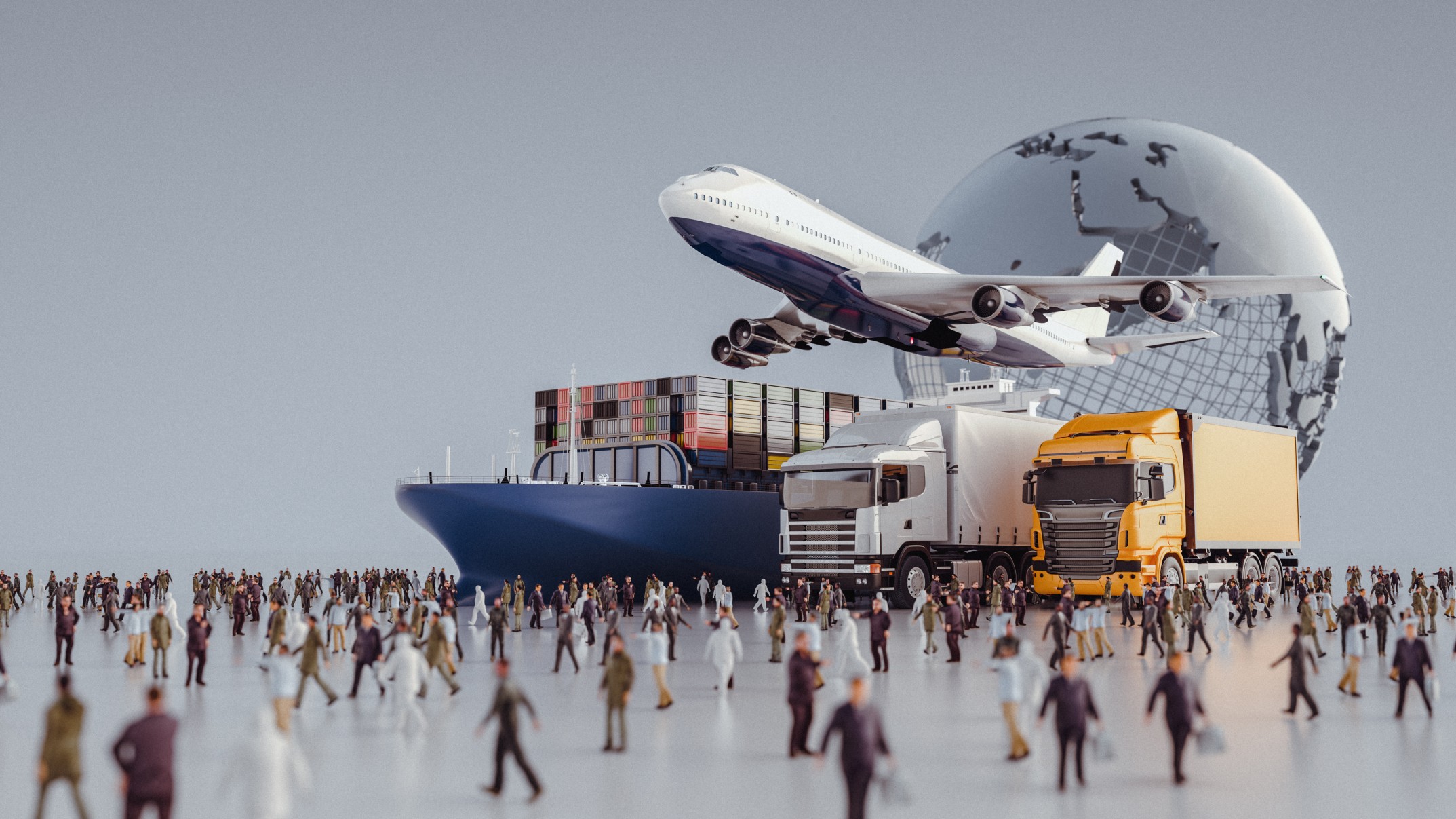Eliminating Freight Forwarding Bottlenecks: Practical Solutions for Supply Chain Leaders

The global supply chain has become a lifeline for businesses, connecting manufacturers, suppliers, and consumers across continents. At the heart of this intricate web lies freight forwarding, the process that ensures goods move seamlessly between production points and end destinations. But as supply chains grow more complex, freight forwarding faces its share of bottlenecks—delays, capacity shortages, and inefficiencies that can disrupt entire operations.
For businesses, these bottlenecks translate into missed deadlines, increased costs, and customer dissatisfaction. In this article, we explore the practical steps to eliminate bottlenecks in freight forwarding, enabling businesses to achieve faster, more efficient operations while reducing costs.
Before diving into solutions, it’s essential to understand the most common causes of bottlenecks in freight forwarding:
Inefficient Route Planning: Poorly optimized routes lead to longer transit times, increased fuel costs, and delayed deliveries.
Capacity Crunches: Sudden surges in demand, such as during peak seasons, often overwhelm logistics providers, leading to container shortages and shipping delays.
Lack of Real-Time Visibility: Without real-time tracking, businesses struggle to monitor shipments, predict delays, and adjust operations accordingly.
Documentation Errors: Incorrect paperwork, such as customs forms, can cause goods to be held at ports, delaying their transit further.
Inadequate Technology: Many freight forwarders rely on outdated systems, leading to slower operations and limited scalability.
These challenges aren’t insurmountable, and by adopting the right strategies, businesses can eliminate bottlenecks and ensure smoother operations.
1. Leverage Real-Time Visibility Tools
One of the most common causes of delays is the lack of visibility into shipments. Businesses often don’t know where their goods are or when they’ll arrive, which leads to inefficiencies.
Solution: Invest in real-time shipment tracking platforms that use IoT (Internet of Things) devices and GPS to provide up-to-the-minute updates. These platforms allow businesses to:
Monitor shipments in real time.
Predict delays caused by weather or traffic conditions.
Communicate accurate delivery times to customers.
Case Study: Maersk, a global leader in shipping, implemented IoT-enabled sensors on containers, allowing real-time tracking of shipments. This innovation reduced delays and improved customer satisfaction by providing accurate ETAs.
2. Optimize Route Planning with AI
Poorly planned routes waste time, fuel, and money. Optimizing these routes manually is almost impossible, especially for global freight operations.
Solution: Use AI-powered route optimization tools that analyze real-time data such as traffic, weather conditions, and port congestion. These tools generate the most efficient routes, saving time and reducing costs.
Takeaway: By adopting AI-powered systems, businesses can reduce transit times by up to 20%, minimize fuel consumption, and increase overall operational efficiency.
3. Strengthen Collaboration with Freight Forwarders
Bottlenecks often arise from miscommunication between businesses and freight forwarders. Lack of alignment on goals and priorities can lead to delays and inefficiencies.
Solution: Foster strong partnerships with freight forwarders by:
Sharing accurate demand forecasts to help them plan capacity.
Establishing clear communication channels to resolve issues quickly.
Using collaborative platforms to exchange real-time updates on shipments.
Example: Global eCommerce giant Alibaba developed a collaborative logistics network that connects businesses with freight forwarders in real time, reducing bottlenecks and enabling faster deliveries.
4. Automate Documentation Processes
Incorrect or incomplete documentation is a significant cause of shipping delays, particularly in international freight forwarding. Customs paperwork, invoices, and compliance forms often contain errors that result in goods being held at ports.
Solution: Use document automation tools that streamline paperwork processes. These tools:
Automatically generate accurate documents.
Verify compliance with international shipping regulations.
Minimize human errors in data entry.
Capacity crunches, especially during peak seasons, can disrupt freight forwarding operations. Businesses often find themselves competing for limited space, leading to increased shipping costs and delayed deliveries.
Solution: Invest in demand forecasting tools that use historical data and AI to predict surges in demand. By identifying peak periods in advance, businesses can book space early and negotiate better rates.
Example: Walmart uses AI-based demand forecasting to predict holiday season surges, ensuring they secure container space ahead of time, avoiding costly delays.
Technology has emerged as the most effective way to tackle bottlenecks in freight forwarding. From AI and IoT to blockchain, here’s how technology is transforming the industry:
Blockchain for Transparency: Blockchain technology ensures secure, transparent documentation, reducing disputes and delays caused by inaccurate paperwork.
IoT-Enabled Sensors: Real-time data from IoT devices helps businesses track shipments, monitor container conditions (e.g., temperature-sensitive goods), and address potential issues proactively.
Predictive Analytics: By analyzing historical and real-time data, predictive analytics tools help businesses anticipate delays and adjust operations accordingly.
Eliminating bottlenecks in freight forwarding requires a combination of technology, collaboration, and strategic planning. By investing in real-time visibility tools, automating documentation, and leveraging AI for route optimization, businesses can significantly improve their freight forwarding operations. The result is faster delivery times, reduced costs, and happier customers.
In today’s competitive global economy, solving bottlenecks in freight forwarding isn’t just a necessity—it’s an opportunity to build a more resilient, efficient supply chain.
Freight forwarding involves a complex interplay of documentation, customs clearance, and transportation logistics. Virtual Delivery Centers (VDCs) bring cutting-edge technology and expertise to streamline these processes.
How VDCs Address Freight Forwarding Challenges:
Automated Documentation Management: VDCs utilize AI-driven tools to handle documentation, reducing human error and speeding up compliance processes.
Customs Clearance Support: Leverage virtual teams with expertise in global trade regulations to ensure smooth customs operations.
Real-Time Shipment Tracking: Advanced tracking technologies enable end-to-end visibility, minimizing delays and enhancing client trust.
Dynamic Scheduling Optimization: Virtual teams analyze and adjust schedules based on real-time data to avoid bottlenecks and missed connections.
Cost Management: By tapping into on-demand resources, businesses can scale operations without incurring high fixed costs.
Integrating VDCs into freight forwarding operations not only eliminates bottlenecks but also ensures flexibility and efficiency, helping supply chain leaders deliver value in a competitive global market.

For modern telecom enterprises, delivering exceptional QoS is no longer optional—it’s a brand differentiator and a strategic lever for growth. Static provisioning models won’t cut it in a world of hyper-dynamic data usage.